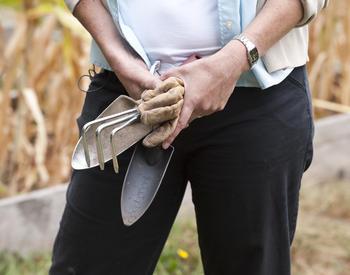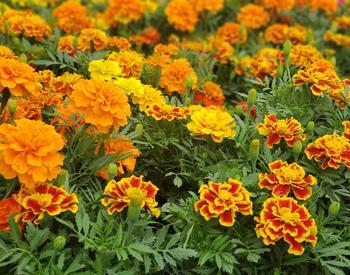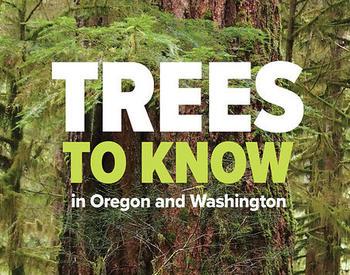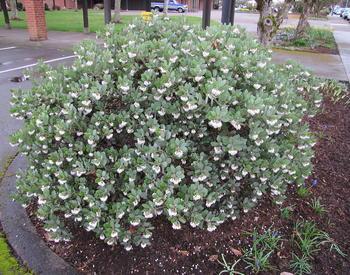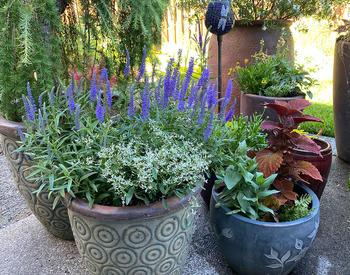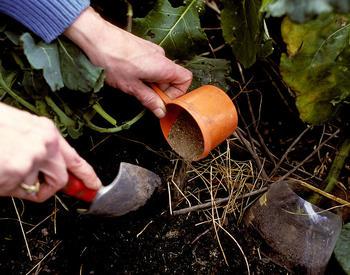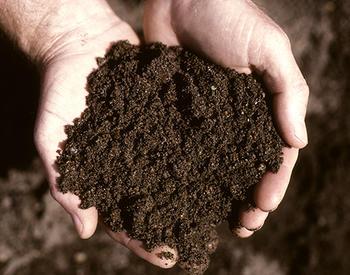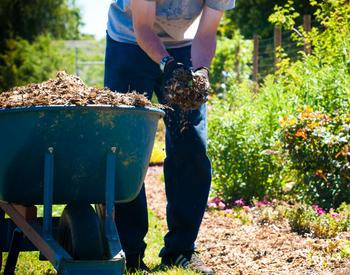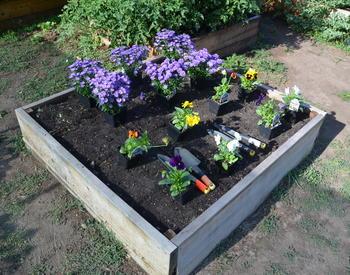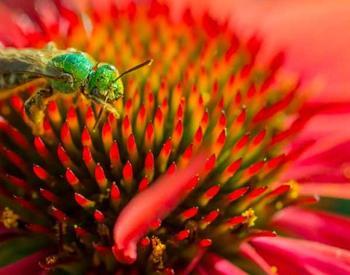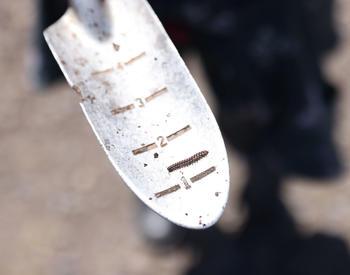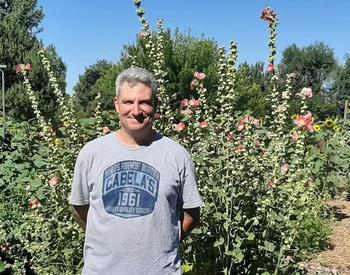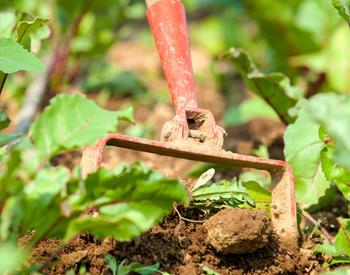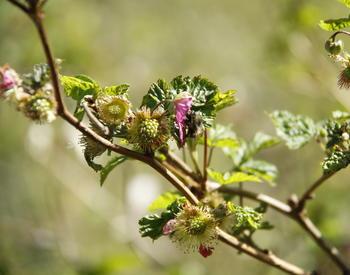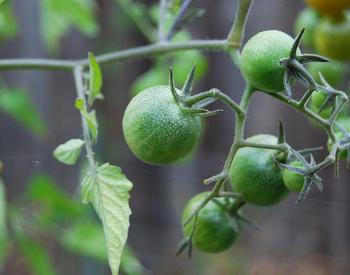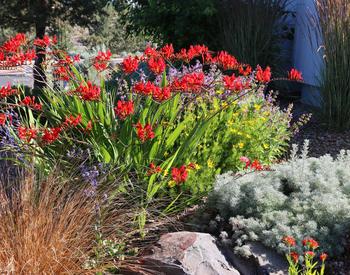Timely advice on garden chores, fertilizing, pest control, and more from OSU Extension. These tips are not necessarily applicable to all areas of Oregon. For more information, contact your local Extension office.
The Oregon State University Extension Service encourages sustainable gardening practices.
Practice preventive pest management rather than reactive pest control. Identify and monitor problems before acting, and opt for the least toxic approach. Conserve biological control agents such as predators and the parasitoids that feed on insect pests.
Maintenance and cleanup
-
Harvest winter squash when the "ground spot" changes from white to a cream or gold color.
-
Pick and store winter squash; mulch carrots, parsnips and beets for winter harvesting.
-
Protect tomatoes; pick green tomatoes and ripen indoors if frost threatens.
-
Reduce water on trees, shrubs and vines east of Cascades to harden them for winter.
-
Stake tall flowers to keep them from blowing over in fall winds.
-
Dig, clean and store tuberous begonias if frost threatens.
-
Harvest potatoes when the tops die down. Store them in a dark location.
-
Optimal time for establishing a new lawn is August through mid-September.
-
Aerate lawns.
-
Early-September: Apply 1 pound nitrogen per 1,000 square feet to lawns. Reduce risks of run-off into local waterways by not fertilizing just prior to rain, and not over-irrigating so that water runs off of lawn and onto sidewalk or street.
-
Willamette Valley: Stop irrigating your lawn after Labor Day to suppress European crane fly populations.
-
Recycle disease-free plant material and kitchen vegetable and fruit scraps into compost. Don't compost diseased plants unless you are using the "hot compost" method (120 degrees to 150 degrees Fahrenheit).
Planting/propagation
-
Divide peonies and iris.
-
Plant or transplant woody ornamentals and mature herbaceous perennials. Fall planting of trees, shrubs and perennials can encourage healthy root growth over the winter.
-
Plant daffodils, tulips and crocus for spring bloom. Work calcium and phosphorus into the soil below the bulbs at planting time. Remember when purchasing bulbs, the size of the bulb is directly correlated to the size of the flower yet to come in spring.
-
Western Oregon: Plant seeds of overwintering cover crops by September or early October so they get established before the weather turns cold and wet.
Pest monitoring and management
Use chemical controls only when necessary and only after thoroughly reading the pesticide label. First consider cultural, then physical and biological controls. Choose the least-toxic options, and use them judiciously. Some examples include insecticidal soaps, horticultural oils, botanical insecticides, and organic and synthetic pesticides.
-
Apply parasitic nematodes to moist soil beneath rhododendrons and azaleas that show root weevil damage (notched leaves).
-
Control slugs as necessary. Least toxic management options include barriers and traps. Baits are also available for slug control; use caution around pets. Read and follow all label directions prior to using baits, or any other chemical control.
-
Monitor trailing berries for leaf and cane spot. Treat if necessary.
-
As necessary, apply copper spray for peach and cherry trees.
-
Spray for juniper twig blight, as necessary, after pruning away dead and infected twigs.
-
Continue monitoring late-season soft fruits and berries for Spotted Wing Drosophila (SWD). If SWD are present, use an integrated and least toxic approach to manage the pests.
-
Coastal and Western valleys: Spray susceptible varieties of potatoes and tomatoes for early and late blight.
Indoor gardening
-
Clean houseplants, check for insects, and repot and fertilize if necessary; then bring them indoors.
Trade-name products and services are mentioned as illustrations only. This does not mean that the Oregon State University Extension Service endorses these products and services or intends to discriminate against products and services not mentioned.
